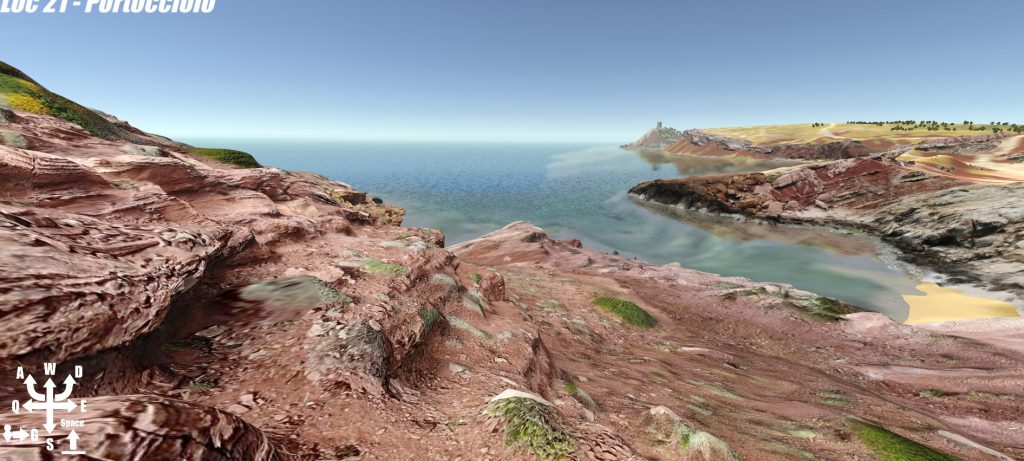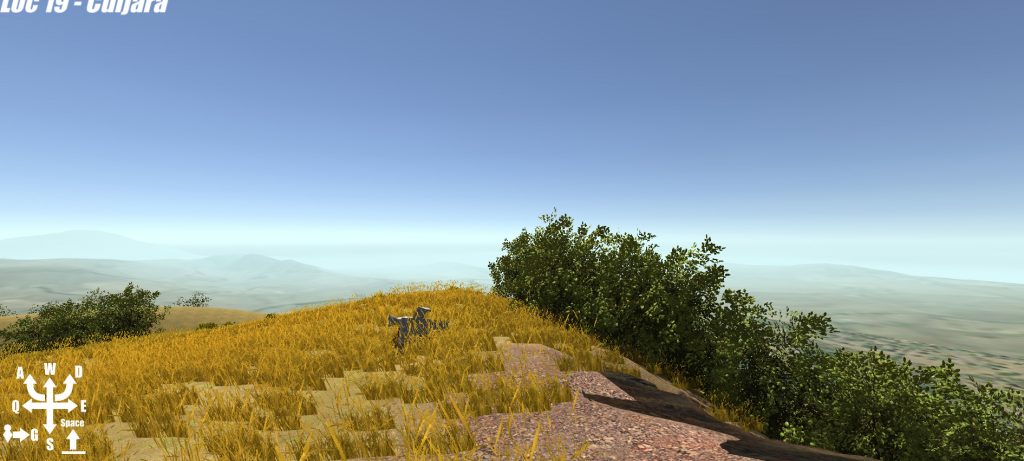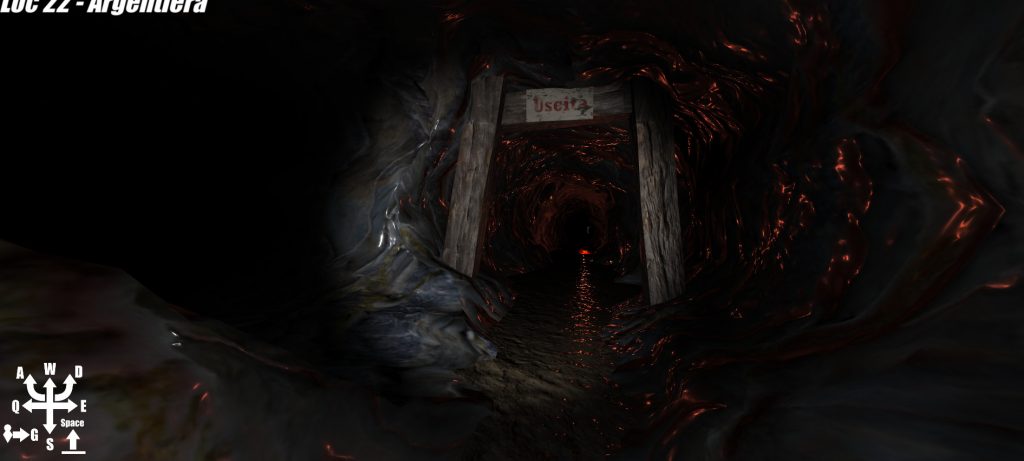Redesigning labs for home learners in the Department of Materials
From building virtual electronic circuits online to test capacitor material performance to performing kitchen chemistry experiments measuring the flow of slime, Priya Saravanapavan from the Department of Materials explains how they have been adapting their teaching and lab work to remote delivery.
Engaging in the learning of Materials Science and Engineering at Imperial is a combination of understanding fundamental scientific principles and exploring engineering processes. Laboratory teaching is especially geared towards introducing and exploring principles students have encountered in lectures and applying these to different types of materials and a variety of engineering scenarios.
For example, one of the Year 1 summer term labs centred on solidifying students’ knowledge of capacitance and impedance—the foundations of which they learn in the Properties and Maths modules. In the original plan for the lab (before COVID-19), students would have used different dielectric materials (materials that can be polarised by applying an electric current) to make capacitors and measure their impedance and capacitance. When campus closed and the department had to convert all summer teaching to remote delivery, the priority was to deliver the fundamental learning objectives with as much hands-on learning as possible. Last week, Priya and her colleagues lead a practical for students using LTspice, a circuit simulator that allows the probing of an electrical circuit to study dielectric materials. Students used the software to model smooth and rough plate capacitors to look at how the capacitance/impedance is affected by pores of different size and geometry and, by using a materials selection database, to explore different dielectric materials.
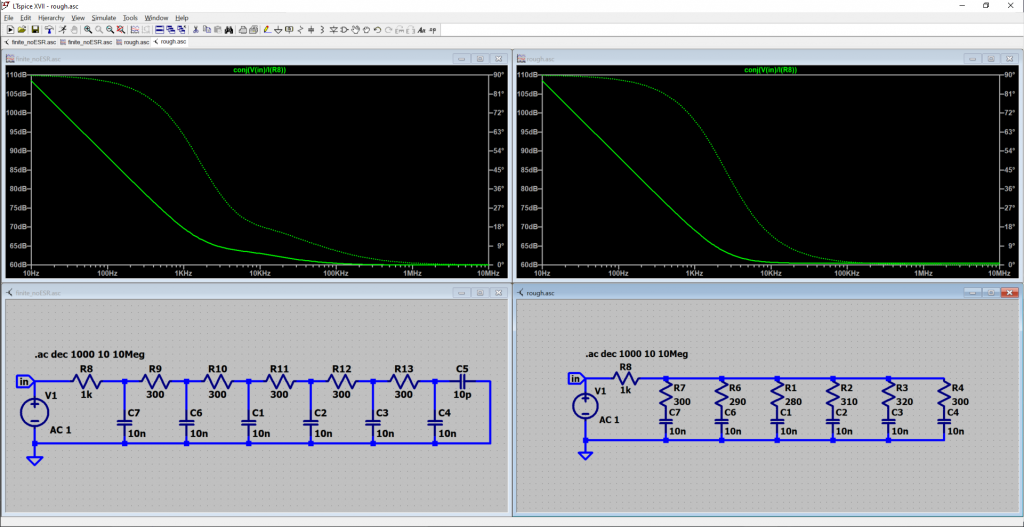
There were many challenges, mainly that components of the labs needed to be created, visualised and tested, supporting documents written, GTAs trained—all within the six-week period before summer term began. The teaching fellow team delivered 4 such labs with varying learning objectives and delivery modes—working with existing data, using simulations, using research data and carrying out kitchen chemistry experiments. This week students were initially going to explore the viscoelastic behaviours of different ‘slime’ compositions using a lab-based rheometer. Instead this week they are carried out a similar experiment, but instead of working in the lab, they will use ingredients they can find in their own kitchens.
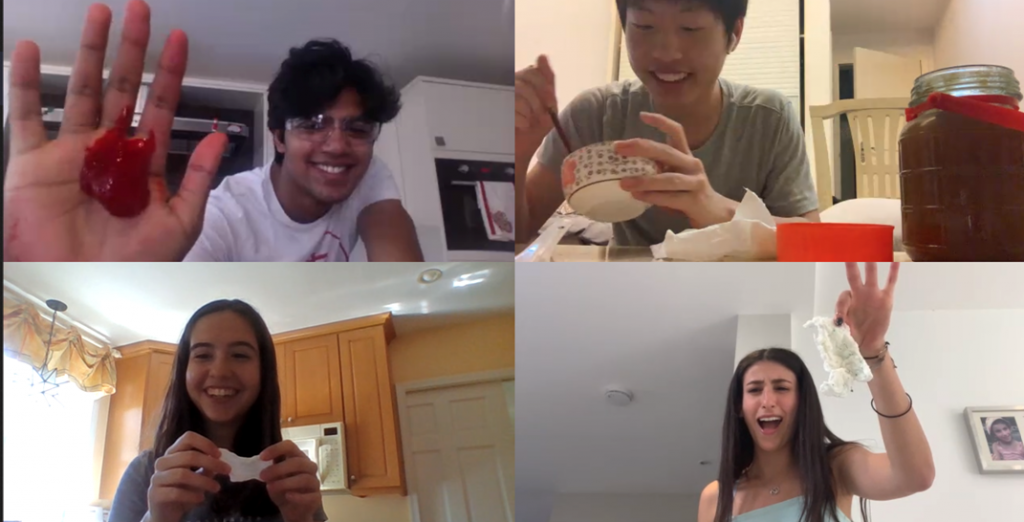
Feedback from students has been positive. Dewen Sun, first year academic rep, said, “The lab sessions we have had so far were successful in terms of achieving their teaching purpose. In general, the knowledge we are supposed to get from the labs has all been delivered successfully. There have been some issues: mainly GTAs being unfamiliar with the content of the lab and as students we’ve had to learn new software in a short period to complete the lab with some having to contend with access issues. Despite these problems, I do believe the current session has been effective in giving us the practical knowledge about the theories.”
As a department, we are happy with the outcome of these redesigned lab sessions. Jason Riley, Director of Undergraduate Studies, commented, “These laboratory classes have been carefully redesigned to deliver experiences that fully meet the module learning objectives with students, for example, building virtual electronic circuits, to investigate how material selection influences how a capacitor performs, or performing kitchen chemistry experiments to gain an intuitive understanding of the flow behaviour of different substances and link those to their applications. There are a few issues to iron out but, with time, we will be able to achieve better delivery. The successes and valuable lessons learned from these labs will help us incorporate some of the remote delivery aspects also to our campus-based labs for future years.”
To find out more about our undergraduate courses in Materials Science and Engineering, visit the Study website.
